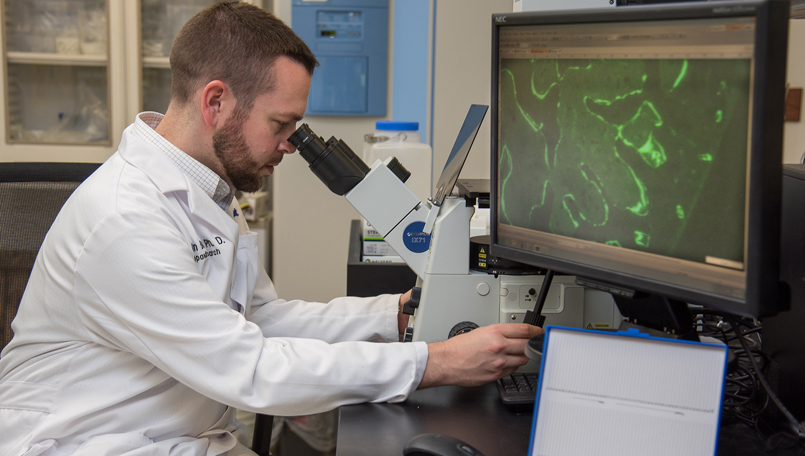U.K. and U.S. scientists have discovered a combination of two commonly available drugs could boost the body’s ability to heal bone fractures – accelerating bone formation and healing.
The early-stage research was performed by a group of scientists from the Beaumont Research Institute in Royal Oak, Michigan and the Imperial College London in London, England. The study revealed two existing medications can elevate the body’s own repair machinery, triggering the release of stem cells from the bone marrow.
The scientists published their research in the journal npj Regenerative Medicine.
The team say the two drugs, currently used for bone marrow transplants and bladder control, could be used for different types of bone fractures, including to the spine, hip and leg, to aid healing after surgery or injuries.
Kevin Baker, Ph.D., who led the study performed at Beaumont Health, explained, “While more research is needed, we are encouraged by the results which suggests it may be possible to repurpose Food and Drug Administration-approved drugs to enhance the way our own stem cells are able to respond to injury and surgery. We are also examining the potential to enhance healing of other musculoskeletal tissues besides bone.”
When a person has a disease or an injury, the bone marrow, the spongy tissue within bone, mobilizes different types of stem cells to help repair and regenerate tissue.
The new research suggests it may be possible to boost the body’s ability to repair itself and speed repair by using new drug combinations to put the bone marrow into a state of “red alert” and send specific kinds of stem cells into action.
In the study, funded by research support from the Lumbar Spine Research Society, National Heart and Lung Institute Foundation and Wellcome, the researchers used drugs to trigger the bone marrow to release mesenchymal stem cells, a type of adult stem cells which can turn into bone, and help repair bone fractures.
“The body repairs itself all the time. We know that when bones break, they will heal, and this requires the activation of stem cells in the bone. However, when the damage is severe, there are limits to what the body can do of its own accord,” said Professor Sara Rankin, corresponding author of the study from the National Heart and Lung Institute at Imperial College London. “We hope that by using these existing medications to mobilize stem cells, we could potentially call up extra numbers of these stem cells, in order to boost our bodies own ability to mend itself and accelerate the repair process. Further down the line, our work could lead to new treatments to repair all types of bone fractures.”
This work was funded by Wellcome. Further support was provided by the National Heart and Lung Institute Foundation and the Lumbar Spine Research Society.
Original post https://alertarticles.info
